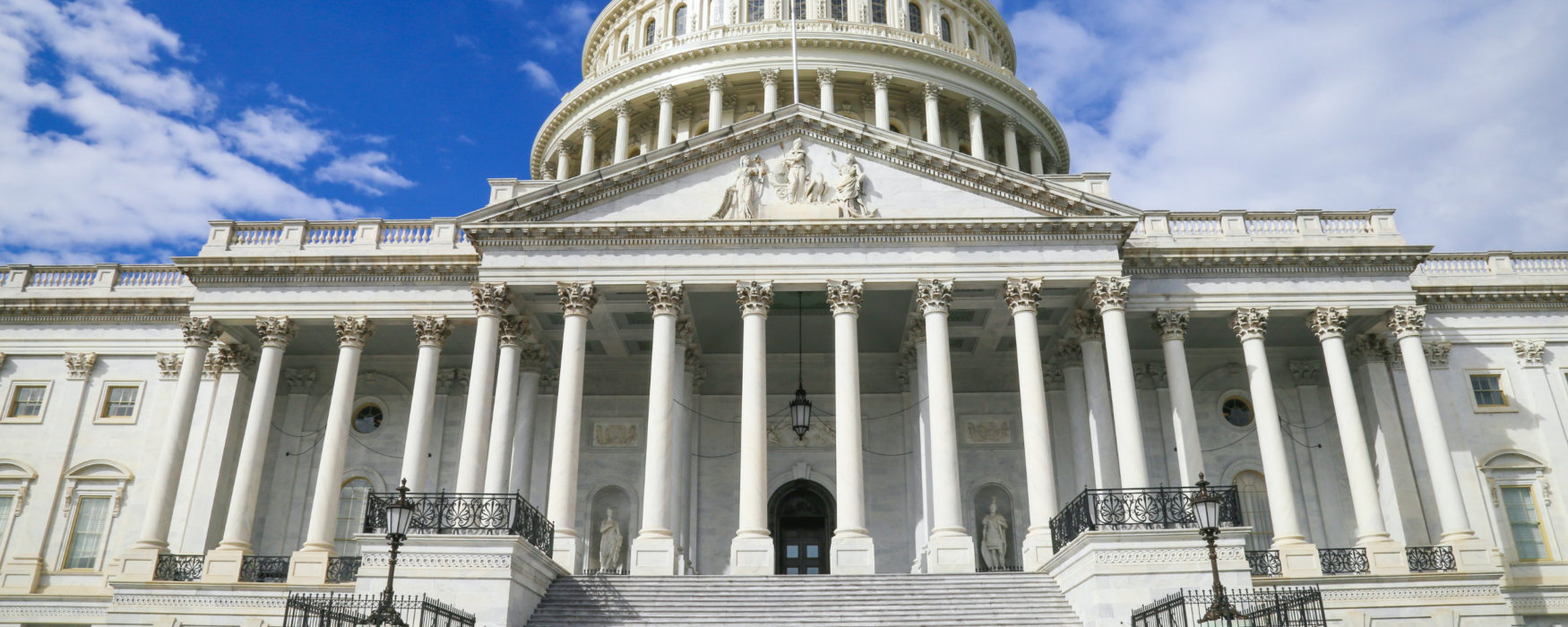
NLRB Rehire Rulings Based Upon Labor Law Pushes Paradox with EEOC Anti-Discrimination Law
May 28, 2022
By Michael Burns, courtesy of SBAM Approved Partner ASE
A fascinating conflict between the National Labor Relations Act labor rights interpretation and the Civil Rights Act’s Title VII anti-discrimination protections is growing. Some federal lawmakers are criticizing the National Labor Relations Board for its recent decision that undermined Amazon, the large online retailer, by forcing them to reinstate a worker that was fired because of his crude, sexist, degrading statements made to a female coworker during the organizing campaign.
This paradox between the supposed rights of workers to engage in bad behavior, if engaging in labor strife, has been around for a while as far as the NLRB is concerned. In the past other incidents where workers “crossed the line” and made crass, hateful sexist, or racist statements toward women or minority co-workers or others during a labor dispute and were subsequently fired when caught have been re-instated by order of the National Labor Relations Board (NLRB).
How can an employer that is enforcing clear anti-harassment rules and is acting legally under anti-discrimination law when disciplining or discharging an employee that makes those statements of harassment in the normal course of business also be acting illegally under labor law, by enforcing their policy against an employee when making the same sexist or racist statements during a labor dispute or labor organizing campaign?
That is what certain Republican lawmakers from the House Labor Committee wanted to know when a letter asking the same was sent to the NLRB on May 12th. This Congressional query has both the NLRB as well as the U.S. Equal Employment Opportunity Commission (EEOC) exercising some needed introspection. The EEOC’s growing concern is that the NLRB’s decision overruling discipline of workers committing harassment or discrimination by their statements during labor disputes is consequently allowing violations of anti-discrimination laws.
The NLRB is playing outside of their sandbox under the guise of their role of allowing workers to engage in what is called protected concerted activity. Protected concerted activity is a labor phrase denoting the recognition that the worker was or thought he was involved in a labor dispute that would be legally protected by the NLRA.
The core legal issue in dispute is whether the NLRA (labor law) takes precedence over Title VII (anti-discrimination law). Regardless of what may be the case, this paradox unfortunately leaves the employer caught between the NLRB (labor agency) and the EEOC (anti-discrimination agency).
Amazon is currently in New York federal court seeking an injunction against the NLRB’s order to rehire the worker that committed the act of hurling “sexually charged, degrading obscenities” at a fellow worker during a labor protest.
Labor partisans defend the NLRB’s reinstatement decision by stating that the entire discrimination concern by employers “is part of a disingenuous employer effort to undermine workers ‘rights to organize under the guise of anti-discrimination principles.” In essence, their argument goes, the employer should disregard the law and allow illegal harassment or discrimination just because workers may be involved in a labor dispute. Unbelievable!
NLRB General Counsel Jenifer Abruzzo has asked the Board to adopt a context-specific test to determine whether in cases such as the above the worker’s conduct was egregious enough to lose NLRA protections. The NLRB intends to come out with a workable decision or ruling that would guide the NLRB and EEOC and “harmonize the agencies’ administration of their respective statutes.” (NLRA and Title VII of the Civil Rights Act) This would be some kind of “context-specific analysis” that would actually give workers the right to engage in behavior the NRLB and EEOC would use to permit this speech because that, as they have ruled in the past, “recognizes the rough and tumble of industrial life.” This means in essence workers should be permitted a certain amount of latitude during labor strife that is not permitted at other times and workplaces. What about the liability employers will face when confronted by behavior that it once found in violation of its anti-harassment and anti-discrimination policies? Employers will need to become experts in both EEO law and sometimes contrarian labor law.
If confronted with a situation where an employee is using sexist, racist, or other discriminatory language (not just person to person but in the social media too) though it may result in a NLRB labor unfair labor practice charge, until there is clearer direction from both the NLRB and the EEOC on how to reconcile the competing laws, employers are advised to follow their anti-harassment and anti-discrimination policies and discipline or terminate the employment as you would regardless of whether there may be an argument where alleged labor strife is present.